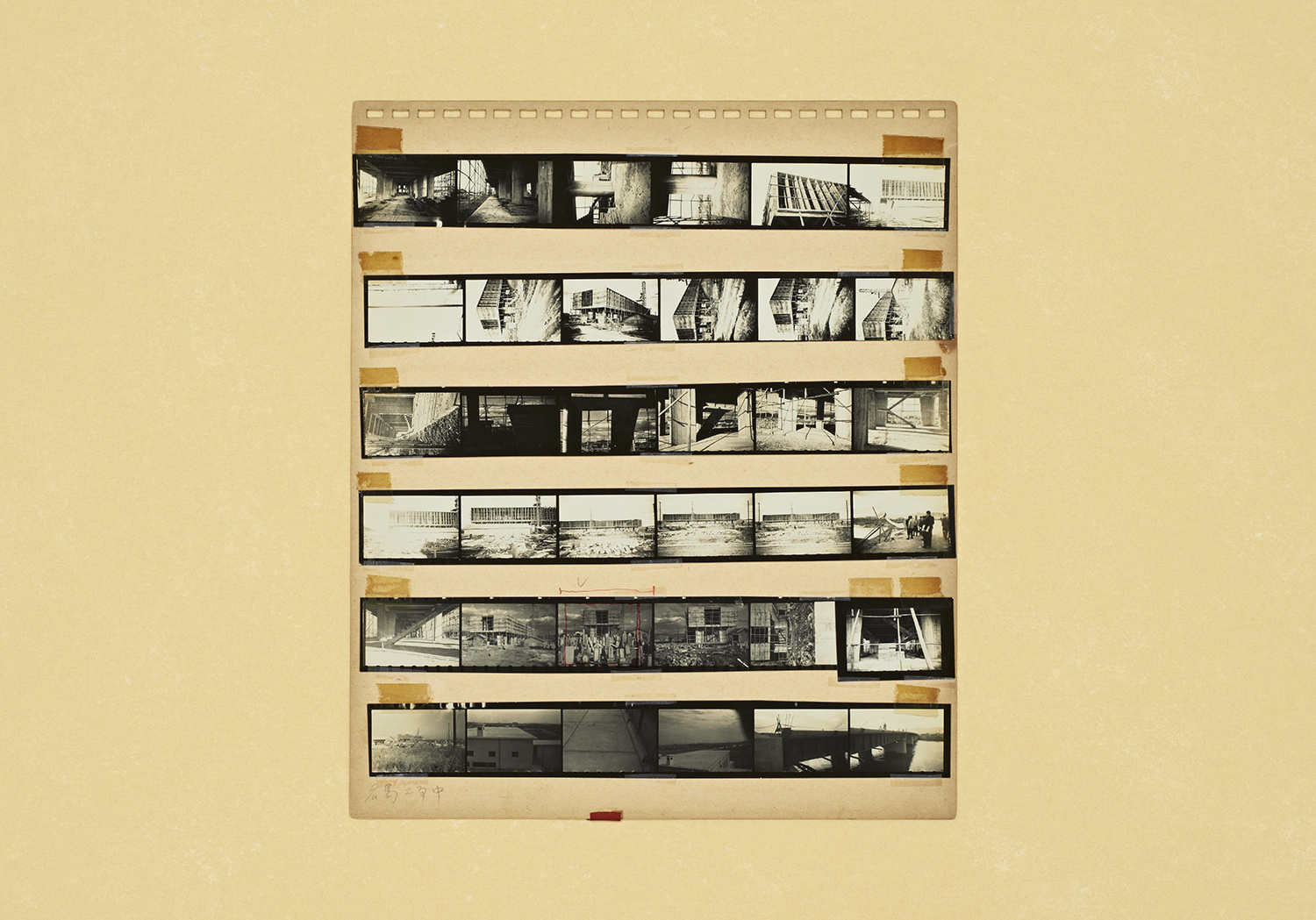If you've ever had the opportunity to stay at the Park Hyatt Tokyo hotel in the Shinjuku Park Tower — I haven't, but I know someone who has — you'll know how looking down from the 52nd floor on the silent city from the hermetic calm of a guest room is mesmerizing. Sofia Coppola used this to good effect in the film "Lost in Translation," in which her character Charlotte has trouble giving up the safe and culturally neutral environment of the hotel for the confusion and unpredictability of the streets of Tokyo.
The conjoined triple towers of Shinjuku Park Tower, like the Tokyo Metropolitan Government Building — the only nearby structure that can overlook it — was designed by Kenzo Tange, an architect celebrated for his key role in the postwar reconstruction of Japan, and for his influence on modernist architecture generally. Currently on show at Toto Gallery Ma is a novel exhibition that focuses on contact sheets of Tange's photographs.
These black-and-white rectangles, each showing a grid of 36 images from one roll of 35 mm film, were a personal record of the architect's research on traditional Japanese buildings, the construction of his own projects and the occasional official event, such as the 1957 Sao Paulo Biennale, for which Tange was a juror. They are not finished photographic works. Occasionally a particular frame is marked out for enlargement and may appear in the exhibition catalog. When this happens, if nothing else, it shows how much editing and printing make a carefully produced photograph a radically different thing from the photographic recording of data.


















With your current subscription plan you can comment on stories. However, before writing your first comment, please create a display name in the Profile section of your subscriber account page.